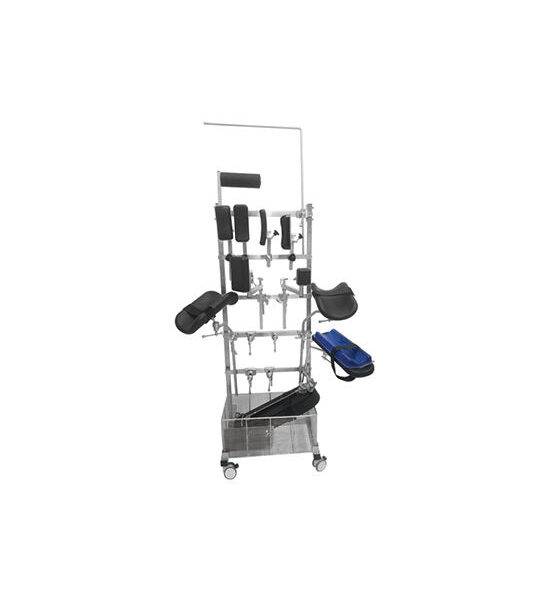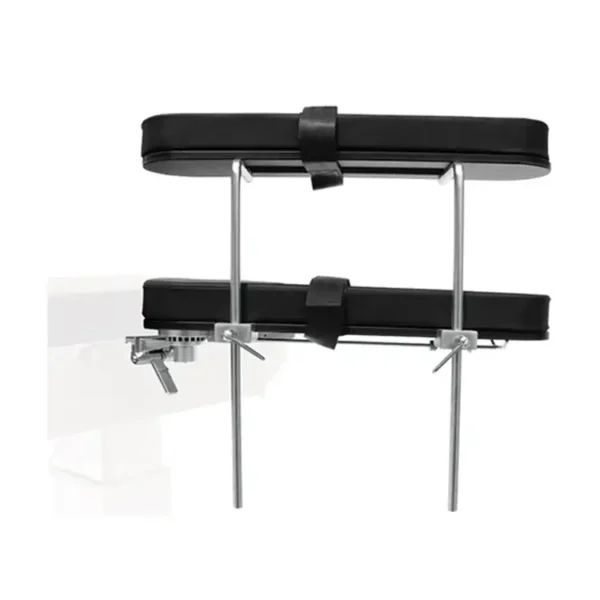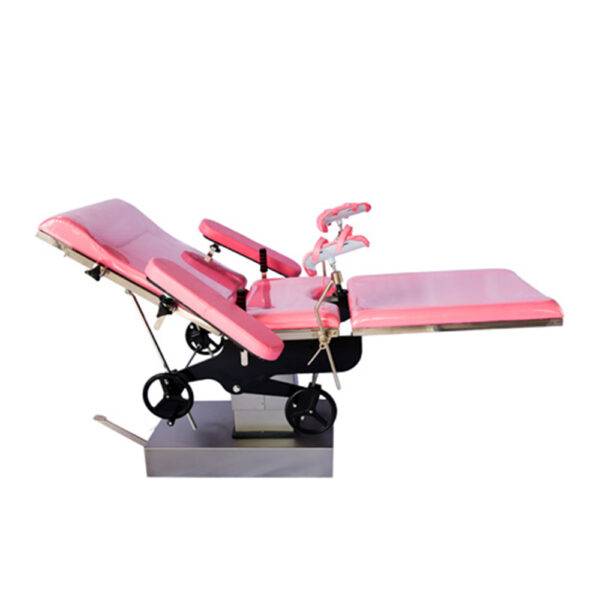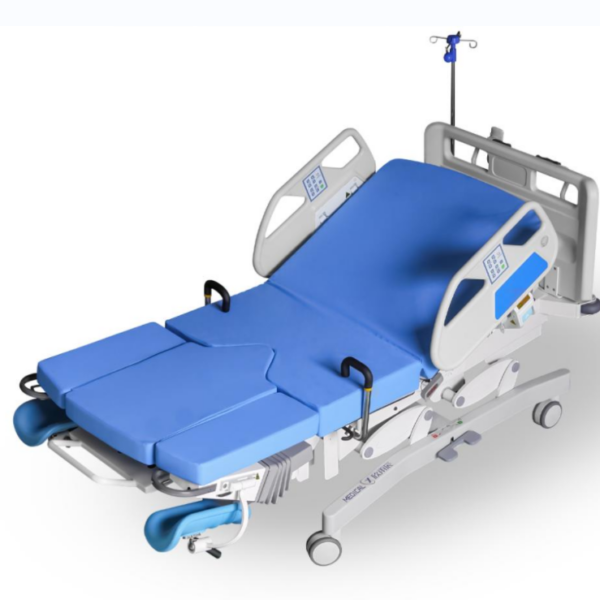Indirizzo
304 Il cardinale nord S.
Dorchester Center, MA 02124
Ore di lavoro
Dal lunedì al venerdì: 7:00 - 19:00
Fine settimana: 10:00 - 17:00
The operation room table is a critical component in any surgical setting, providing a stable, adjustable platform for various medical procedures. Modern operation room tables are designed with advanced features to enhance functionality, safety, and efficiency. In this blog, we will explore the top features of a modern operation room table and how these features contribute to improved surgical outcomes.

One of the most important features of a modern operation room table is its ergonomic design. These tables are constructed to support both the patient and the surgical team. Key aspects of ergonomic design include:
Modern operation room tables are often compatible with various imaging modalities. This compatibility is crucial for procedures that require real-time imaging guidance, such as:









Versatility in patient positioning is essential for accommodating different types of surgeries. Features that enhance patient positioning include:
Safety is paramount in any surgical setting. Modern operation room tables incorporate various safety features, such as:

A reliable operation room table should be durable and easy to maintain. Key features that contribute to durability and ease of maintenance include:
| Caratteristica | Beneficio | Example Models |
|---|---|---|
| Regolazione dell'altezza | Optimal positioning | Maquet Alphamaquet, Steris Cmax |
| Piano del tavolo radiotrasparente | Clear imaging | Stryker Surgistool, Skytron 3600B |
| Modular Tabletop Sections | Versatile patient positioning | Trumpf Mars, Getinge 1150 |
| Anti-collision Sensors | Enhanced safety | Hillrom TruSystem 7000, Steris 5085 |
| High-quality Materials | Durability and easy maintenance | AGA OPX, SchureMed S3500 |
The modern operation room table is a cornerstone of any surgical suite, providing essential features that enhance both patient and surgical team experience. From ergonomic design and advanced imaging compatibility to versatile patient positioning and enhanced safety features, these tables are engineered to meet the demands of contemporary surgery. Investing in a high-quality operation room table ensures better surgical outcomes and long-term reliability.
Q1: What are the main benefits of a radiolucent tabletop?
A1: A radiolucent tabletop allows for clear imaging during procedures without interference, enhancing the accuracy and efficiency of surgeries that require real-time imaging.
Q2: How does height adjustability improve surgical outcomes?
A2: Height adjustability enables surgeons to position the table at an optimal height, reducing strain and improving access to the surgical site, which can lead to better precision and outcomes.
Q3: What safety features should I look for in an operation room table?
A3: Key safety features include anti-collision sensors to prevent injuries, weight capacity indicators to ensure safe support of patients, and battery backup systems to maintain functionality during power outages.
Q4: Why is modularity important in an operation room table?
A4: Modularity allows for the customization and reconfiguration of the tabletop to suit different surgical procedures, improving versatility and patient positioning.
Q5: How do high-quality materials benefit the longevity of an operation room table?
A5: High-quality materials, such as stainless steel, resist wear and tear, are easy to clean, and help extend the lifespan of the table, making it a cost-effective investment in the long run.
